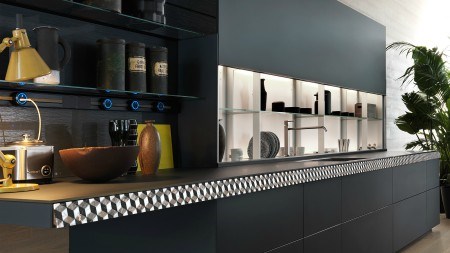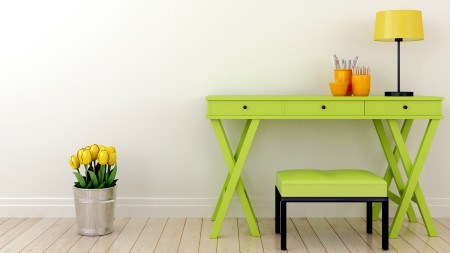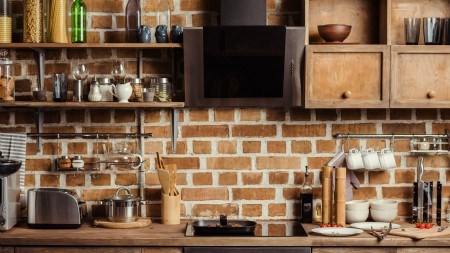Designing or updating your kitchen is one of the most exciting and important steps you can undertake when it comes to your home.
A well designed kitchen will make your life a whole lot easier, not to mention add value to your home.
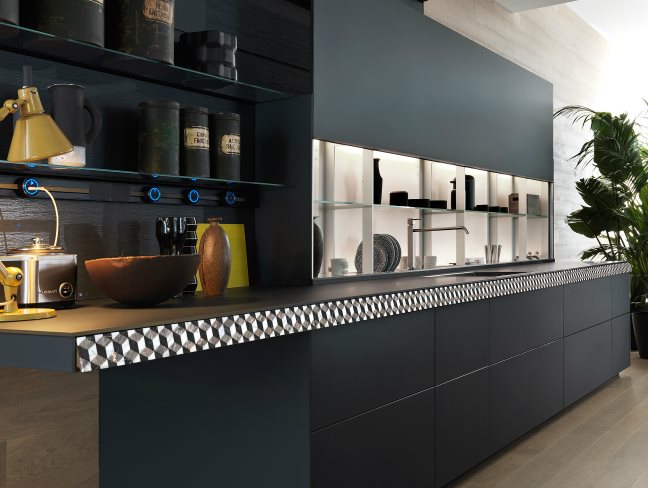
One of the most important considerations when it comes to your kitchen is the type of surface you choose. Granite and engineered stone have long been the material of choice for countertops, but as trends have begun to demand a cleaner, sleeker look, there has been a need for a hardwearing surfacing material similar to stone, but in a thinner format.
According to Stephanie Forbes, National Manager of the Kitchen Specialist Association (KSA) Sintered Stone has arrived on the market and is the ideal kitchen countertop solution.
KSA is a non-profit organisation that ensures an elevated standard of service and products within the kitchen industry. If you find the thought of planning your kitchen daunting, experts from KSA will be available at all Decorex exhibitions in South Africa, offering useful tips and tricks for renovations and builds.
Here is more information from KSA on Sintering:
What is Sintering
Sintering has been around for a long time and is most commonly seen in products like porcelain. It is a method whereby natural materials, in powder format, are processed under heat, pressure (or both) to create the desired product.
Sintered surfacing is comparable to porcelain ceramic tiles but with enhanced characteristics – sintered surfaces are thin, lightweight, stain-resistant, scratch-resistant, as well as chemical and heat-resistant. The reason for these benefits is that the mineral components are carefully selected – silica, quartz and feldspars are used to provide hardness, strength and chemical resistance. Clay can be added in the process to give a little more elasticity.
Other minerals are included for their pigmentation, creating a variety of homogenous colour options, all of which are UV-resistant. These minerals are ground extremely smooth for sintered surfacing and only the purest of minerals are used. The dense nature of sintering makes it almost totally waterproof so no sealants are required, and the firing process makes it non-porous.
Neolith for example creates its sintered stone by fusing raw clay, feldspar and silica together at high temperatures.
Colours and Finishes
There is an extensive range of colours and finishes available including; matt, polished, silk and Riverwashed finishes.
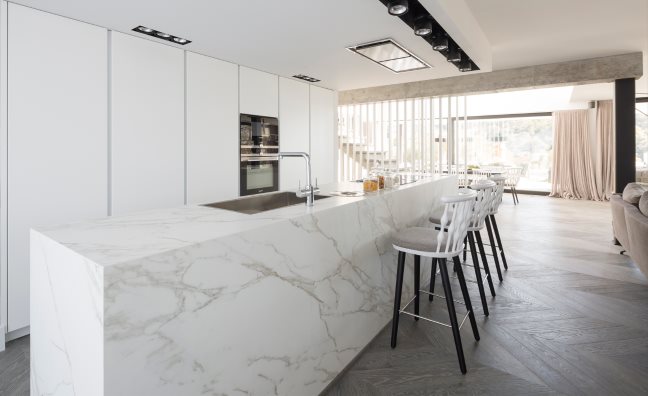
Clean material for a clean kitchen
Sintering is made from 100% natural materials - no resins or hydrocarbons are used to bind the minerals, making it environmentally friendly. The hardwearing, antibacterial, anti-mould properties make this the ideal product for food preparation. It’s lightweight nature also makes it a popular choice for interior and exterior cladding. Because it comes in very thin slabs, designers are able to achieve the sleek, slender lines that are particularly fashionable in modern kitchen design.
Other Sintering Benefits - Countertop and panel cladding material available in the same colour for perfect continuity and a holistic look - Resistant to very high temperatures - Stain resistant - Hardwearing and durable - Easy to clean and maintain - Minimal seam joins due to large slab format
Things to note before installation
Sintering must be fabricated by someone who has been trained by the supplier and has the correct tools for the job. The slabs need to be carefully moved, transported and cut in a particular way to avoid breakage. If not reinforced by a substrate with the same thermal expansion properties, sintering will crack. This is why manufacturers set out specific rules about spacing distances allowed. These must be observed to ensure the integrity of the material is not compromised and guarantees or warranties are not forfeited.
Maintaining sintered surfaces
Once successfully installed, sintered surfacing is very low maintenance. No sealing is required, and if cleaned within 16 hours, all stains should be removable. All that is required for cleaning is warm water and a soft cloth with a natural detergent like Sunlight liquid. For more stubborn stains, a non-abrasive cleaner can be used, but then should be wiped away once the stain is gone. While the material is resistant to chemicals it is advisable to keep hydrochloric acid, caustic soda and product containing hydrofluoric acid away from the material.
Click here for more information on the Latest kitchen colours, styles and design inspiration
